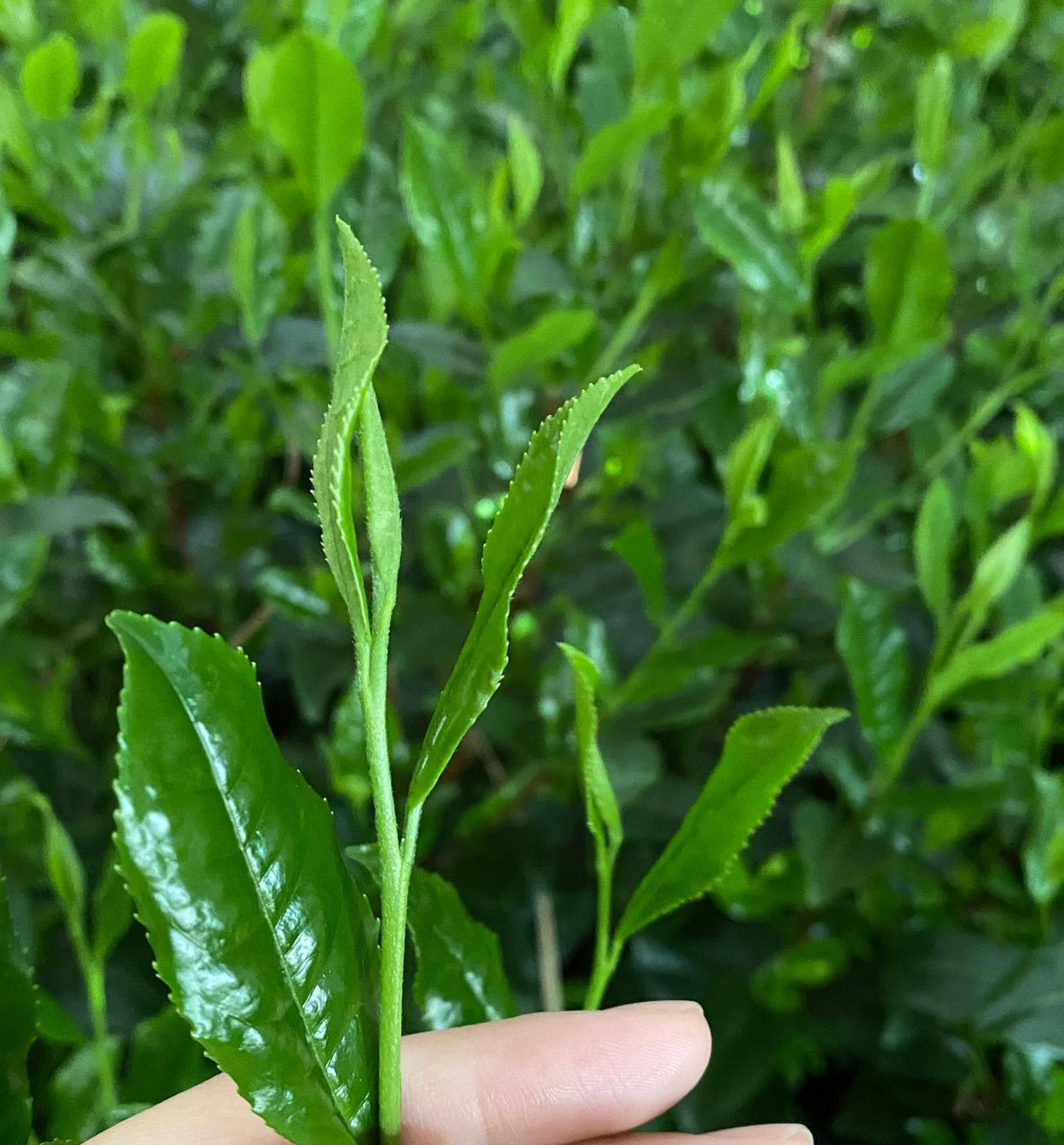I have noticed there are quite a few single-origin matcha teas in our better supermarkets these days. Single-origin matcha is not bad, but it is not actually the best matcha tea. I have visited many tea makers and farmers across Japan, and it is true that the smaller tea makers and farmers often produce single-origin matcha, but this is because they do not have the resources to engage a Chashi (an experienced tea master) to blend the tea leaves and create a special grade of tea.
With the production of the very best matcha, the following process is involved:
- The tea leaves are grown under the shade, especially from March to May, to ensure growth of the most tender leaves. This slow growth process produces a special Umami taste and sweetness.
- These special leaves are harvested in May. With the proper slow growth process there is only one harvest a year for top grade matcha tea. There are Summer or Autumn harvests for teas that are for green tea of lower grade.
- The tea leaves are then steamed and dried.
- The tea is then blended to produce the best harmony of aroma, taste and colour.
- The leaves are then ground to a powder with a set of stones.
With single-origin matcha, step 4 of the process is left out, and there is no involvement of the tea master’s knowledge and skill in the production of the tea. Not every tea maker can afford to employ a tea master to help in the blending of their tea, and so they will instead produce a single-origin matcha.
Of course, some people do go for single-origin matcha, as it has an honest taste and its price is generally slightly cheaper than finer matcha teas. And then there are those people – including myself – who prefer a more sophisticated taste. I must say, I do enjoy the challenge and direction created by a skilled tea master, and it is exciting to discern their ideas and intentions through the taste of the tea. With single-origin matcha, you are relying more completely on the plants and their condition (with some years being better than others).
As I am slightly obsessed with matcha tea, we have more than 20 different types of top grade matcha tea in our store. None of them are single-origin. In the past I have tried some single-origin teas, but I found their lack of depth did not suit my palette. However, I know there will be some people out there who will prefer single-origin teas.
I just thought it would be useful to share my knowledge, as the marketing language surrounding this subject is not always helpful or clear, and the facts can sometimes be twisted.

